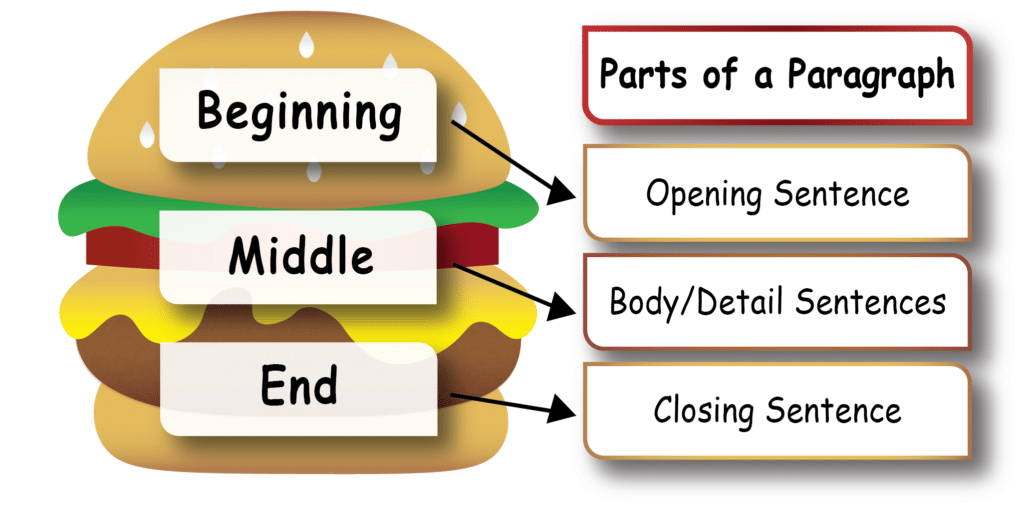
Teaching Paragraph Writing
Posted In Writing | Posted By Kristy RobinsIn order to write effectively, students must understand how to structure a paragraph appropriately. The study of paragraph structure should begin after the student can write a complete sentence with ease and confidence. The importance of understanding how to write a good paragraph cannot be overstated. It is a fundamental skill upon which many other writing skills are built.
What is a Paragraph?
A paragraph is a group of sentences that develop a single topic. Paragraphs allow writers to organize their thoughts so that the reader can follow their ideas. In a multi-paragraph essay or other piece of writing, the reader can readily notice where each paragraph begins because the first sentence of each paragraph is indented. Breaking up a piece of writing into paragraphs allows the writer and the reader to focus on one individual topic at a time.
How to Structure A Paragraph
Teaching paragraph writing begins by introducing the main components of a paragraph. Writers should begin each paragraph by indenting. From there, each paragraph consists of three parts: the opening sentence (also called a topic sentence), the body sentences (also called detail sentences or supporting sentences), and the closing sentence (also called the conclusion sentence).

Opening Sentence
A paragraph should begin with an opening sentence (also called a topic sentence). The opening sentence identifies the subject or main idea of the paragraph. In the graphic above, it is represented by the top bun. When teaching your homeschool students about opening sentences, remind them that it should be a general introduction to the subject of the paragraph. Depending on the student’s level, he or she may also need to consider the purpose and audience for the piece of writing. For instance, in a persuasive paragraph, the opening sentence would state the writer’s position about the topic. Any specific details should be saved for the next section of the paragraph: the body sentences.
Body/Detail Sentences
Body sentences (also called detail sentences or supporting sentences) are where the bulk of the development occurs in a piece of writing. In the graphic above, the body sentences are represented by the meat, cheese, and other fillings in the hamburger. The body sentences should give details and examples that support the topic introduced in the opening sentence. The type of information presented in the body sentences will depend on the purpose of the writing. If the purpose is to persuade, one would expect to find evidence to support an argument as well as interpretations of the evidence. In an expository paragraph, the body would likely be comprised of details and explanations that further develop the idea presented in the opening sentence.
Closing Sentence
The final sentence in a paragraph is the closing sentence (also called the conclusion sentence or statement). The closing sentence wraps up the topic and provides a sense of closure so that the audience feels like they have reached a stopping point. In the graphic above, the closing sentence is represented by the bottom bun. In a multi-paragraph essay or other piece of writing, the closing sentence may also include some type of transition to the next topic in the piece of writing.
Curriculum Resources for Teaching Paragraph Structure
For a stress-free teaching and learning experience, you may want to seek out curriculum resources to use in your homeschool. Essentials in Writing offers writing curricula for all ages and ability levels from first grade to college bound seniors. It includes video lessons with step-by-step modeling of how to write each part of a paragraph as well as handy graphic organizers that will make paragraph writing simple, easy, and fun for your homeschool students.


